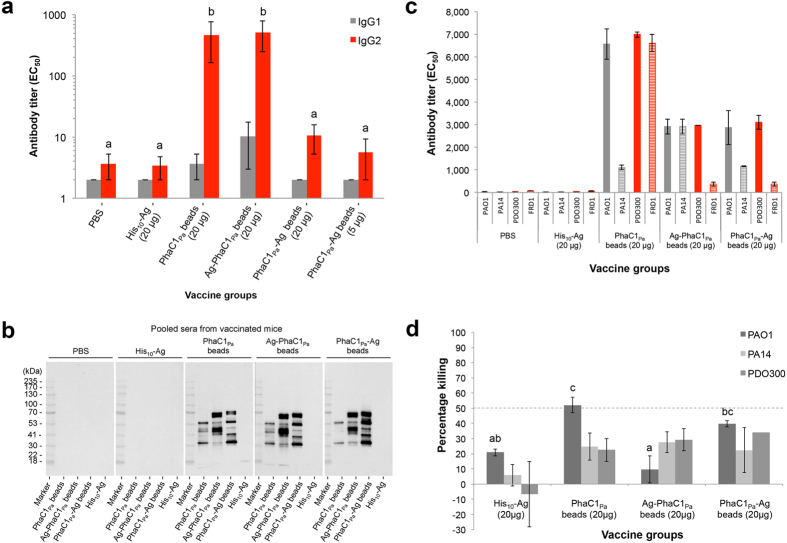Figure 5. Antibody response to vaccination with vaccine PHAMCL beads.
(a) Antigen-specific IgG1 or IgG2c isotype antibody responses measured by ELISA using a pool of OprI, OprF, and AlgE antigen specific peptides from sera. Results are expressed in reciprocal antibody titers, representing the dilution required to obtain half of the maximal amount of the OD signal (EC50). (b) To identify antigenic proteins on PHAMCL beads, sera obtained was pooled in to their respective groups and used as a primary antibody for detection of epitopes on PHAMCL beads separated by SDS-PAGE. (c) Reactivity of pooled immune sera to different P. aeruginosa strains using a whole-cell ELISA was used. Nonmucoid (grey bars) and mucoid (red bars) strains of P. aeruginosa were tested. (d) Opsonic killing of P. aeruginosa nonmucoid strains by serum from mice immunized with vaccine PHAMCL beads. Bar represents the mean percent killing of three replicates for PAO1 and PA14 or duplicates for PDO300 relative to sera of the PBS vaccinated control group, and error bars represents the s.e.m. Data of graph for IgG are reported as means ± s.e.m (6 mice per group). Statistical significance (p < 0.05) of IgG2c is indicated by ‘letter based’ representation of pairwise comparisons between groups using Tukey’s post-hoc test. IgG1 were not statistically significant. Data of graph for whole-cell ELISA represent means of two replicates of pooled sera ± s.e.m of the replicates. There are insufficient replicates to undertake a statistical analysis. Statistical significance (p < 0.05) for opsonic killing assay is indicated by ‘letter based’ representation of pairwise comparisons between groups using Tukey’s post-hoc test. PA14 were not statistically significant. There are insufficient replicates to undertake a statistical analysis for PDO300.

